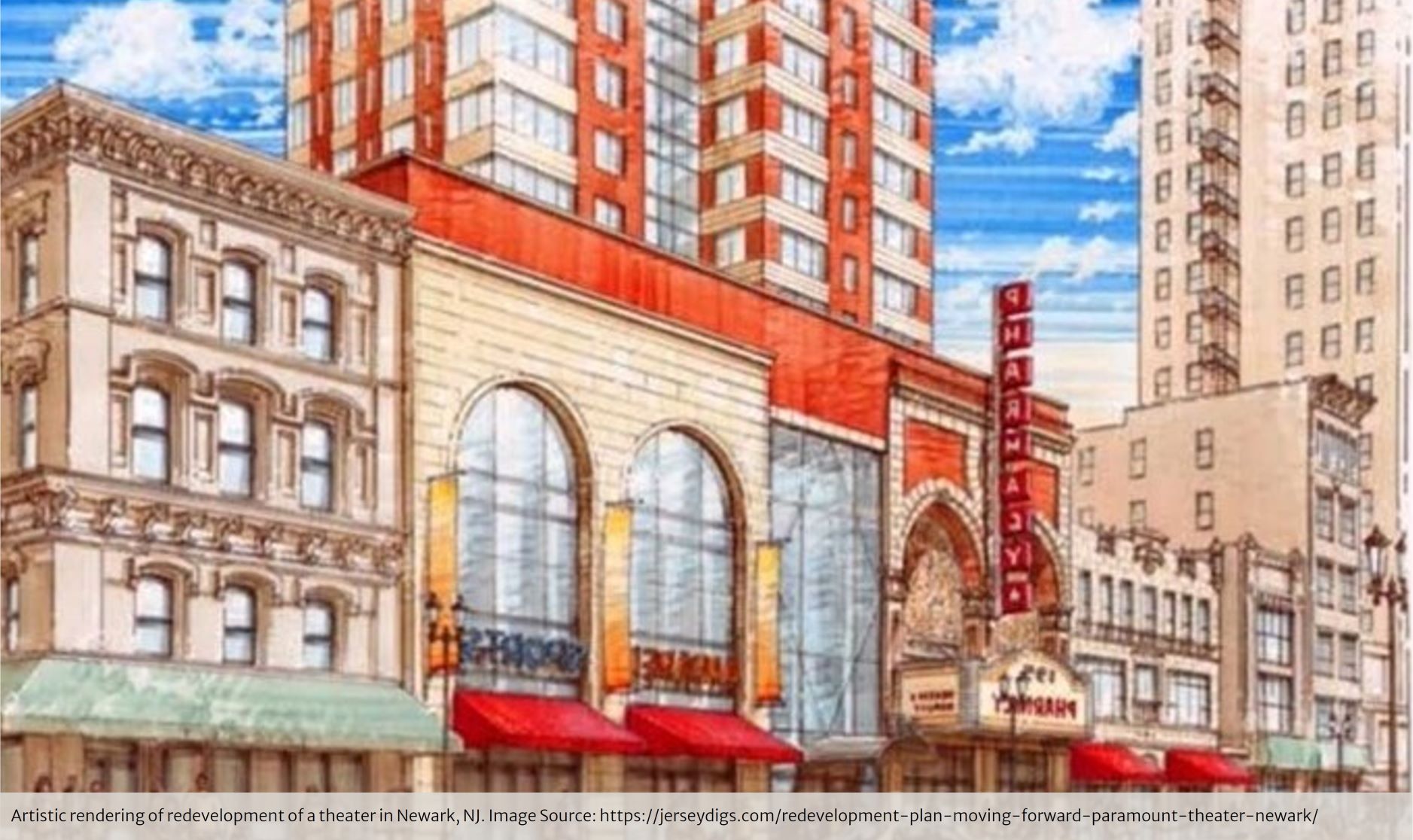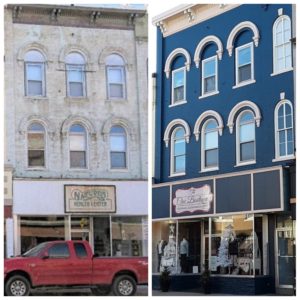Years ago there was plenty of money at federal and state levels for communities to use for revitalizing, redeveloping and helping to re-energize downtowns. The CDBG program began when President Ford signed the Housing and Community Development Act in August of 1974 and the program continues to serve communities and low and moderate income clients each year. For several years after 1977the Urban Development Action Grant or UDAG program was a source of money available to support specific urban developments wherein everyone pleaded their case for the now well-known Gap financing. In fact, the UDAG Program was sponsored by Wisconsin’s own U.S. Senator William ‘The Golden Fleece Award’ Proxmire. The Economic Development Administration (EDA) was really the nation’s lead job creating agency with their Title I Program. And there were federal regional commissions supporting development as well. States had money too, so communities never really (in the larger picture) had to spend local dollars on urban redevelopment projects.
So many communities are stuck in that same era where spending money on their downtowns is considered 2nd or 3rd tier priority behind law enforcement, emergency responders, streets/bridges, utilities and staffing costs in all departments. However, if we all believe that approximately 80 percent of new jobs are created by small business and 80 percent of job growth comes from existing businesses, then the aggregate of small downtown businesses really (when taken as a whole) may be the largest corporation within one community (considering retail and service provider job numbers and wages paid). If city halls extend themselves to support and finance single companies employing 2,000 residents, why then wouldn’t city councils and village boards support their downtowns?
Whatever the history and the economics are no redevelopment projects (large or small) come cheaply. Many communities get by with making small contributions for hanging flower baskets, benches, banners, bicycle racks and a variety of terrific downtown events. These are, indeed, needed amenities but most every practitioner would have difficulty categorizing those investments as ‘redevelopment investments’.
Acquiring property, environmental testing, demolition, real commercial rehab of the downtown building stock, constructing new public facilities, investing in private developments and preparing fully-improved sites for immediate development are all expensive activities. Spending money is completely necessary to have a successful job-creating, visitor- attracting, revenue- producing vital downtown. There are fewer and fewer of state and federal funds available now than in the past 20 years and TIF funding in many cases is only utilized when common councils and village boards have a deadlock tight agreement ensuring a committed and immediate private payback to an initial TIF investment. There’s not much risk in that deployment of TIF dollars and usually not much payback either in terms of supporting the largest corporation in your community.
Nothing is free. If one wants his or her community to flourish then one has to spend money. If money isn’t invested, then that downtown will fall further and further behind other communities which are using all sources of redevelopment financing available to them including general revenues. That’s right. Local tax dollars need to be invested to initiate and sustain the type of redevelopment investments that will make a downtown vital and a long time serving contributor to the overall community and economy. It goes to the notion of… If you don’t invest, you’ll always just be staying one day ahead of yesterday.






